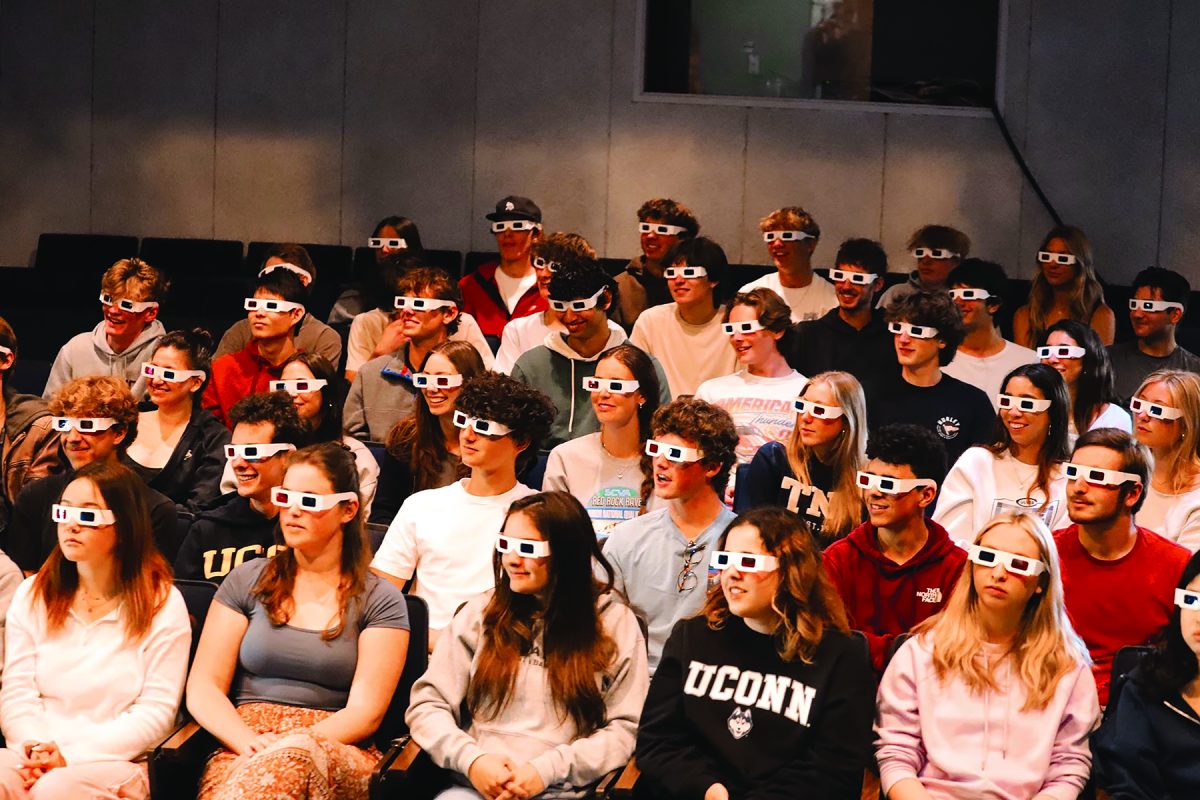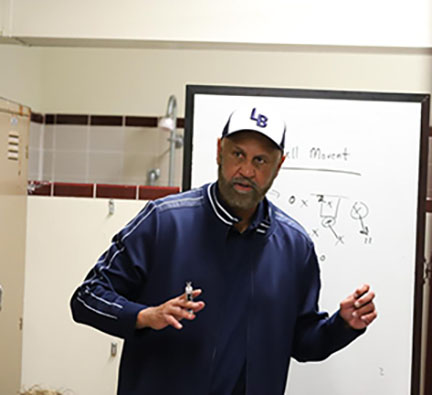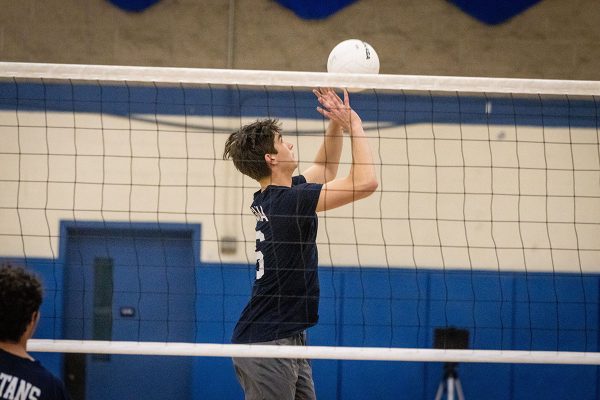In a contemporary setting, the nostalgic beauty of the sports world continues to live on through a multitude of rivalry games, long-standing traditions, and unimaginable triumphs and losses in National Collegiate Athletic Association (NCAA) sanctioned athletics. Through the 21st century, inter-school rivalries have lived on to tell the story of the most storied programs in collegiate athletics as fans are intrigued by the competitive nature of each collegiate sport and the century-long history between schools. However, as a result of increased revenue, large TV deals, and outlandish ratings, collegiate sports are being transformed right in front of fans’ eyes as geographical location and traditions are continuously disregarded in the pursuit of profit.
An article written by the ESPN staff and contributors summarizes this unprecedented phenomenon. “After two consecutive years of seismic moves — Oklahoma and Texas to the SEC back in 2021 and then USC and UCLA to the Big Ten last year — this year may be the most far-reaching of all. Colorado, Arizona, Arizona State, and Utah have decided to join the Big 12 in 2024. Meanwhile, Oregon and Washington are heading to the Big Ten.”
Although the sport has seen realignment throughout legendary history, most of the moves have been geographically beneficial. For example, the Pacific 10’s expansion in 2011 enticed other schools in the western hemisphere (Colorado and Utah) to join the newly revamped league in an endeavor to create Western prominence in collegiate sports throughout the country. Then in 2013, in another geographically sound move, the Atlantic Coastal Conference (ACC) added two illustrious athletic programs, Louisville and Notre Dame, both located in relative proximity to other coastal schools in North and South Carolina.
Regardless of such geographically sound moves, conference alignment this decade has begun to look dramatically different – schools are offering to send their athletes all over the country, no matter the effect on the “scholar” aspect of scholar-athlete. Conference schedules will have West Coast athletes regularly traveling thousands of miles to play a basketball game in Nebraska, a football game at Penn State, or a volleyball at Iowa State.
Stemming from USC and UCLA’s announced realignment in the summer of 2022, other collegiate programs from the Pacific 12 and Midwestern regions announced their desire to travel thousands of miles across the nation in search of drastically increased revenue. According to USC’s Annenberg School for Communication and Journalism, USC and UCLA are both projected to make nearly 100 million per year in sports revenue in the Big Ten Conference, while both received slightly less than 40 million per year in the Pacific 12 Conference.
Irrespective of the transposed and various financial benefits, such moves disrupt inter-conference rivalries in an endeavor to create a more competitive environment. Thus, some Power 5 teams (major Division One athletic programs) are left behind as a result of such financial realignment. An ESPN article regarding the Pacific Conference states this: “The collapse left Oregon State and Washington State without a major conference suitor and in limbo to chart their futures together.” The two historic programs, who have played each other more than 100 times in their 120-year football history, face wavering prospects for their athletic programs – both schools’ conference futures are not guaranteed after this year, no matter their consideration as a Power 5 program.
Nearly every single major West Coast team was enticed by large financial promises and thus left the West Coast for the chance to exert dominance across the Big 12 in the Midwest and Big 10 in the Northeastern United States after 2023, respectively.
Nonetheless, conference realignment in college football is a complex and evolving phenomenon driven by financial incentives, television contracts, and the pursuit of competitive advantages to promote a school’s brand. While many schools have obtained long-term financial stability, it is important to consider the factors that may be lost in geographic translation. Collegiate athletics are as prominent as ever, propagated by increasingly large TV contracts, but what will be sacrificed as a result of the desire to attain such prominence in an unprecedented fashion?
The Realignment of College Sports: The Search For Profit
October 19, 2023
Donate to The Fourth Estate
$50
$500
Contributed
Our Goal
Your donation will support the student journalists of Laguna Blanca School. Your contribution will allow us to purchase equipment and cover our annual website hosting costs.
About the Contributor

Davis Ohanian, Staff
Davis Ohanian is a current 11th grader in his second year as a member of The Fourth Estate staff, now acting as the magazine's sports editor. He enjoys writing, playing sports, and participating in the STEM field at school. His current articles focus on the encapsulation of Laguna's sports teams through graphics and interviews.











